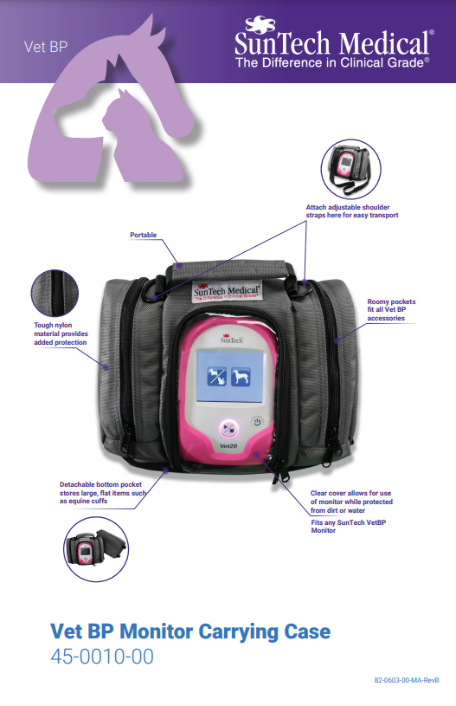![]()
Blog @ SunTech
Advice from the BP Measurement Experts
Pay-For-Performance Achieves Better Hypertension Control?
 As the Affordable Care Act becomes more established here in the US, one of the many new initiatives it brings to bear is pay-for-performance. Pay-for-performance is an incentive that encourages physicians to deliver a higher quality of care, as opposed to a reimbursement model that drives more tests and procedures. While similar to the system the National Health Service (NHS) has had in the UK for several years now, there is much debate over whether this method will improve the healthcare situation in the US. One group of researchers recently tested the pay-for-performance model by using the rate of hypertension control as their quality metric.
As the Affordable Care Act becomes more established here in the US, one of the many new initiatives it brings to bear is pay-for-performance. Pay-for-performance is an incentive that encourages physicians to deliver a higher quality of care, as opposed to a reimbursement model that drives more tests and procedures. While similar to the system the National Health Service (NHS) has had in the UK for several years now, there is much debate over whether this method will improve the healthcare situation in the US. One group of researchers recently tested the pay-for-performance model by using the rate of hypertension control as their quality metric.
With roughly one in three Americans having high blood pressure and only 47% of those having their hypertension under control, Dr. Laura Petersen and a group of colleagues led a multi-year study at 12 Veterans Affairs hospital-based outpatient clinics to evaluate the impact that pay-for-performance incentives would have on controlling high BP. Results of their research showed an 8.4% increase in the number of patients treated correctly and effectively for hypertension over a control group with no incentives. Such results show noteworthy impact for sure, but there was also another interesting conclusion.
Petersen and her colleagues had separated 83 physicians and 42 non-physician personnel into three categories to receive incentives. One model had the individual physician receive incentives, another model was based on practice-level incentives, and the third was based on both. It turns out the only group where the changes reached statistical significance, was the group receiving individual pay-for-performance incentives.
So while this small test shows some promise in a pay for performance model and the impact it can have on hypertension control, it seems the incentives only drive results on an individual physician level, not on a practice level. Also of interest, but not mentioned in the results, would be how test subjects’ blood pressure was measured during this trial and how it varied between practices. Were all treatment decisions based on in-office manual measurements alone? Were automated in-office or ambulatory blood pressure measurements utilized? As we have seen many times, implementing ambulatory blood pressure monitoring into practice can have a significant impact on improving hypertension control—perhaps more so than any financial incentive.
Interested in getting more SunTech news, product info, as well as
tips, tricks, and insights from BP experts?
Sign up to get fresh content delivered direct to your inbox.



